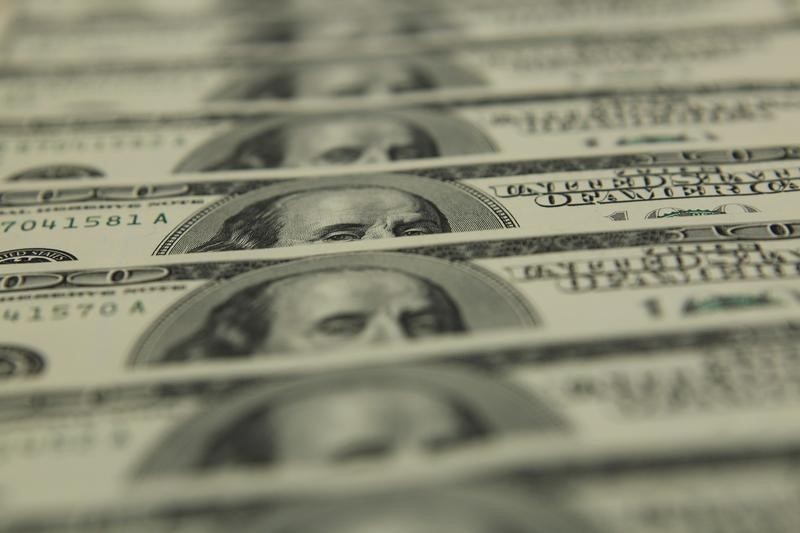Investing.com - The dollar lost ground against the other major currencies on Thursday, as fears over the outlook of China’s economy further boosted demand for the safe-haven yen and Swiss franc.
USD/JPY declined 0.72% to 117.63.
Demand for the safe-haven yen strengthened after the People's Bank of China set its official yuan midpoint rate lower compared with Wednesday's fix.
It was the largest daily drop in the midpoint rate since last August, when an unexpected almost 2% devaluation of the currency sparked a broad based selloff in markets.
A weaker yuan would help boost Chinese exports.
While investors had expected the central bank to allow the currency to fall further amid an economic slowdown, the rapid pace of the depreciation has fueled fears that the world’s second-largest economy is weaker than believed.
In addition, trading on China’s stock markets was suspended for the second time this week after a plunge of more than 7% after the open.
EUR/USD climbed 0.59% to 1.0843.
The greenback came under pressure after the minutes of the Federal Reserve’s December meeting showed that some officials expressed concerns that inflation could remain at stubbornly low levels, even as they decided to hike interest rates.
Earlier Thursday, data showed that German factory orders rose 1.5% in November, beating expectations for a 0.1% uptick.
A separate report showed that German retail sales rose 0.2% in November, disappointing expectations for a gain of 0.5%.
Elsewhere, the dollar was higher against the pound, with GBP/USD down 0.40% at a five-year low of 1.4571 and was lower against the Swiss franc, with USD/CHF sliding 0.55% to 1.0018.
The Australian dollar was weaker, with AUD/USD down 0.83% at 0.701, while NZD/USD held steady at 0.6636.
The Australian Bureau of Statistics reported on Thursday that building approvals declined by 12.7% in November, compared to expectations for a 3.0% fall. Building approvals rose 3.3% in October, whose figure was revised from a previously estimated 3.9% increase.
A separate report showed that Australia’s trade deficit narrowed to A$2.906 billion in November from A$3.247 billion in October, whose figure was revised from a previously estimated deficit of A$3.305 billion.
Analysts had expected the trade deficit to hit A$3.100 billion in November.
Meanwhile, USD/CAD rose 0.32% to trade at a fresh 12-year high of 1.4120.
The U.S. dollar index, which measures the greenback’s strength against a trade-weighted basket of six major currencies, was down 0.34% at 98.94.
